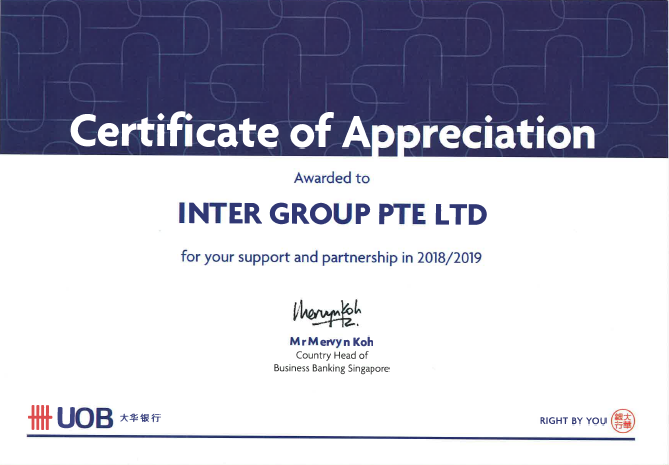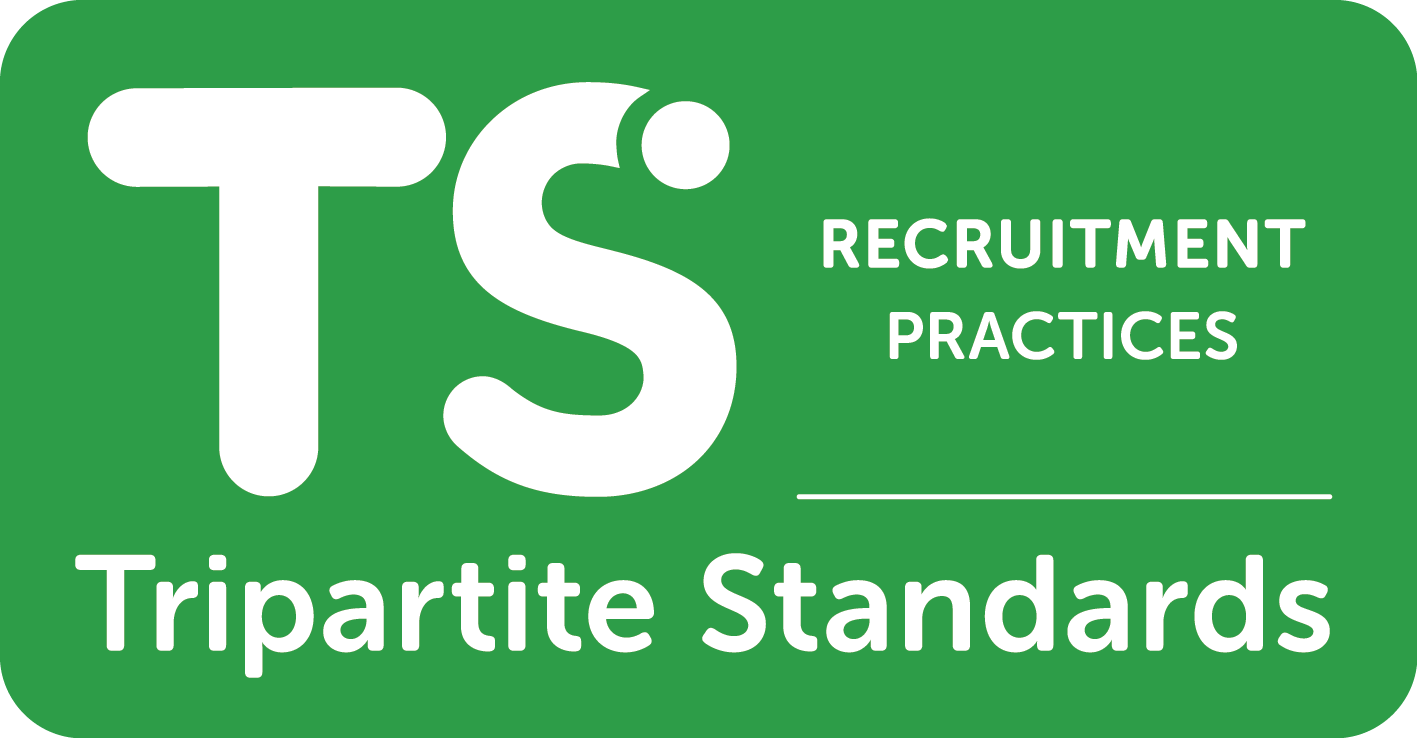Sectors we have covered:
Hotels and Tourism Part I – Tourism: an Economic Generator & Infrastructure Constraints
Hotels and Tourism Part II – Opportunities, Government Support & Outlook
Banking and Finance – The Economic Driver, Challenges, Opportunities and Forecast
Telecommunications - More than Just Talk-time, Challenges, Opportunities & Outlook
Retail – Myanmar’s Economy Fueling the Retail Boom, Challenges, Opportunities and Outlook
A Look into Myanmar's Services Sector: Transportation
Transportation is an important component of Myanmar’s economy. Economic opportunities have been related to the mobility of its people, goods and information. When transport infrastructures are efficient, they present opportunities for the economy and society, and its benefits will result in a multiplier effect such as improved accessibility to markets, employment and additional investments.
This post will discuss the country’s transportation sector. Myanmar’s nascent transport infrastructure is the result of decades of underinvestment. Much of its highways and railroads require urgent maintenance and majority of its people are not within basic road access. River infrastructure do not exist. Its commercial international airports are overwhelmed with increasing passenger traffic beyond its planned handling capacity.
The government is quickly learning and have indicated improvements to infrastructure projects as an immediate priority. Investments should focus on key national corridors, within the capital city of Yangon, and on infrastructure maintenance. Only with enhancements to land connectivity, transportation links with regional economies and improvements to basic amenities will it facilitate Myanmar’s transformation into a global economy. Myanmar is eager to leverage on the growth opportunities provided by integration, especially with the recent ASEAN Economic Community. The growth of the region on such a large scale as well as in foreign investments and infrastructure financing is helping in this regard. Moreover the country’s close proximity to neighboring India, China, Laos and Thailand will play a pivotal role in generating significant levels of regional GDP in the future.
The National Transport Master Plan was formulated by the government of Myanmar in 2012 with the help of Japan International Cooperation Agency (JICA). The approval of this plan from the government has secured 142 proposed projects for road, rail, river and air sectors. The plan sets targeted growth averaging at 7.2% per year, taking into account the intentions of the Myanmar government. The aim of the master plan is “to build a safe, comfortable and impartial transport system and a sustainable and efficient public transportation system in order to guarantee the mobility and accessibility of urban services needed by the people and society.”
Challenges
Myanmar transportation challenges lies very much within its pace for legislative reforms and in establishing private-public partnerships. While the government is trying to implement country-wide reforms, this will take significant time to come into effect. Frequent changes and updates to the country’s legislation only reflects what is actually happening on the ground as the country continues to welcome in more foreign investments. Despite updates to the legislation, it is sometimes unclear thus ensuing confusion during its initial introduction.
With regard to foreign investments, especially in the infrastructure sectors, they are still restricted to joint ventures, thus making the choice for local partners very crucial for foreign investors, more specifically identifying those with technical knowledge and expertise as well as localization strategies.
In addition to the above mentioned, these figures will illustrate the current state of the transport sector in Myanmar:
- 20 million people are without basic road access
- 60% highways and most of the rail networks are under poor condition
- 2x more vehicles in last 4 years
- 35% increase in paves highway network
- Travelling in Yangon has become 2-3x slower
- Road user fees only cover one-third of infrastructure costs
- Railway fares only cover half of operational costs
Opportunities
Myanmar transport is dominated by the road networks, thus it is only appropriate that it receives a larger share of investments. However in the long run, it cannot solely depend on the road network, as the country’s river and rail networks have been operating below potential. Therefore a transport strategy that fully utilizes on all modes would maximize economic impacts.
Both the Ministry of Transport and Communications and the Ministry of Construction have drafted the National Transport Sector Policy Statement, and once approved, it should be paved the way for subsequent transport sector development. Part of the plan is to adopt Public-Private Partnerships which will unlock private sector growth. In the past, such partnerships fail to materialized because of inadequate project preparation and lack of clarity, thus moving forward such partnerships should be reviewed or consider reopening the bid on more appropriate terms.
Some of the area of opportunities listed by the British Chamber of Commerce Myanmar:
Inland Transportation
- Contracts for various aspects of road construction, including engineering and design
- Add-on industries such as parking garages and traffic management systems
Rail
- Cargo handling equipment and facilities for rail
- Maintenance and management systems
- Rail safety equipment
- Consultancy, engineering, project management, design works, rail expansion and improvements
Ports
- Terminal building and warehousing facilities
- Development of port facilities for ship building, maintenance and design
- Navigation of waterways
- Capacity building for port management
Outlook
Based on Asian Development Outlook 2016, an estimated US$60 billion is needed through 2030 for Myanmar to upgrade its transport systems to a similar standard evidently seen in other countries at a similar stage of development.
Myanmar’s transport sector is experiencing changes and its officials are learning to understand economic variables within the market and the importance of foreign investors. With the completion of several projects including improving and enhancing works to airports, seaports, railways and roads, it is hoped that this will boost Myanmar’s efforts to integrate itself into the global economy. Success lies in locating adequate funding and the government’s ability to improve public-private partnerships.
----------
Editor’s Note: For those who have missed out on the other services sectors, click below to read:
Hotels and Tourism Part I – Tourism: an Economic Generator & Infrastructure Constraints
Hotels and Tourism Part II – Opportunities, Government Support & Outlook
Banking and Finance – The Economic Driver, Challenges, Opportunities and Forecast
Telecommunications – More than Just Talk-time, Challenges, Opportunities and Outlook
Retail – Myanmar’s Economy Fueling the Retail Boom, Challenges, Opportunities and Outlook
In the next blog post discussing Myanmar’s services sector, we will be looking at the Retail sector. Click here to read on the Retail sector.











